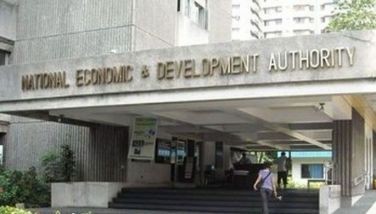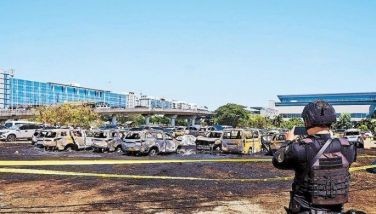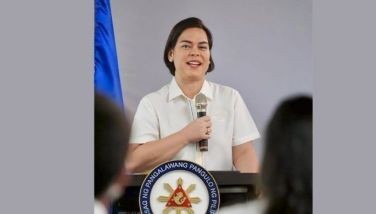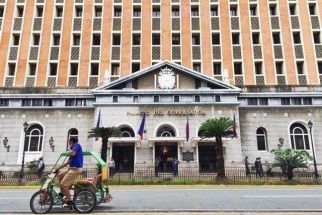Students urged: Consider career in space tech

MANILA, Philippines — The Department of Science and Technology (DOST) is urging students to consider a career in space technology with its newfound space tech-related partnerships with universities and the pending proposal to create a national space agency.
The DOST, in partnership with the University of the Philippines in Diliman, said it is now offering aerospace engineering courses as an avenue for the Filipino youth to pursue studies and a career in space technology and industry.
Engineer Alvin Retamar, chief science research specialist at the DOST Advanced Science and Technology Institute solutions and services engineering division, said the engineering programs have been developed as a result of the department’s Philippine Microsatellite Program that launched Diwata 1 and 2 microsatellites into orbit in 2016 and 2017.
“We developed (the) capability through engineers that actually worked on the development of the microsatellites,” Retamar told the “The Chiefs” on Cignal TV’s One News channel the other night.
“Then we also have this program called the Stamina for Space Program to essentially continue the development,” Retamar added, referring to the DOST’s successor program to the PHL Microsatellite Program.
The DOST, under its STAMINA4Space program, also got Mapua University and Adamson University to pursue research and development studies on microsatellite design and building.
Rowena Guevara, DOST undersecretary for research and development, said to promote wider interest in the study and use of space technology in the country, more of its academe-based engineers should get into the program.
“We really want the study and use of space technologies to spread so we will spread it to other universities,” Guevara told The STAR in an earlier interview.
Rogel Mari Sese, director of the National Space Develoment Program, said many space technologies and applications will be accessible to Filipinos once the Philippine Space Agency (PhilSA) is up and running.
“When you talk about Philippine Space program, normally, the first thing that comes to mind is sending people to space. What we are more concerned about is bringing the benefits of space technologies and applications to the Philippines. This can come in various forms,” Sese told The Chiefs the other night.
The DOST has identified six key development areas for the Philippine Space Program: national security and development, hazard management and climate studies, space research and development, space industry capacity building, space education and awareness, and international cooperation.
Asked to give specific practical applications for space technologies, Sese said that two major applications of space technology were communications and satellite imagery.
For communications, Sese said that having satellites can allow one to provide broadband connectivity, something the Philippines badly needs being an archipelago.
“This is very important, maybe not in Metro Manila, but connecting the rest of the country, the remote islands, remote locations. What we call the Last Mile connectivity,” Sese said.
Imagery, on the other hand, is an important tool for the country’s weather and climate scientists to track climate and weather conditions as well as changes especially now with climate change, he said.
The bicameral report for the Philippine Space Act was ratified by Congress and the Senate on June 4 and transmitted to Malacanang only last July 9. The legislation is set to lapse into law by Aug. 8, if President Duterte does not act on it by then.
Under the Constitution, any bill that is neither signed nor vetoed by the President will automatically lapse into law 30 days after it was forwarded by Congress.
Meanwhile, all-Filipino tech team iNON – which is behind a mobile application that seeks to assist the country’s fisherfolk – has recently presented its work to a panel of National Aeronautics and Space Administration (NASA) officials and media in the US.
The team iNON, composed of Revbrain Martin, Marie Jeddah Legaspi, Julius Czar Torreda, Matthew Concubierta and Migs de Guzman, visited the Kennedy Space Center in Florida from July 22 to 24.
The US embassy in Manila sponsored the team’s visit to the US after they won the 2018 NASA Space Apps Challenge in the Best Galactic Impact category.
The ISDApp is a mobile platform that enables local government officials to provide fisherfolk with information about real-time weather and sea conditions.
The three-day visit coincided with the 50th anniversary of the Apollo 11 moon landing. While at the Kennedy Space Center, the team iNON also witnessed the July 25 launch of the SpaceX Falcon 9 CRS-18 spacecraft. – Helen Flores
- Latest
- Trending


























